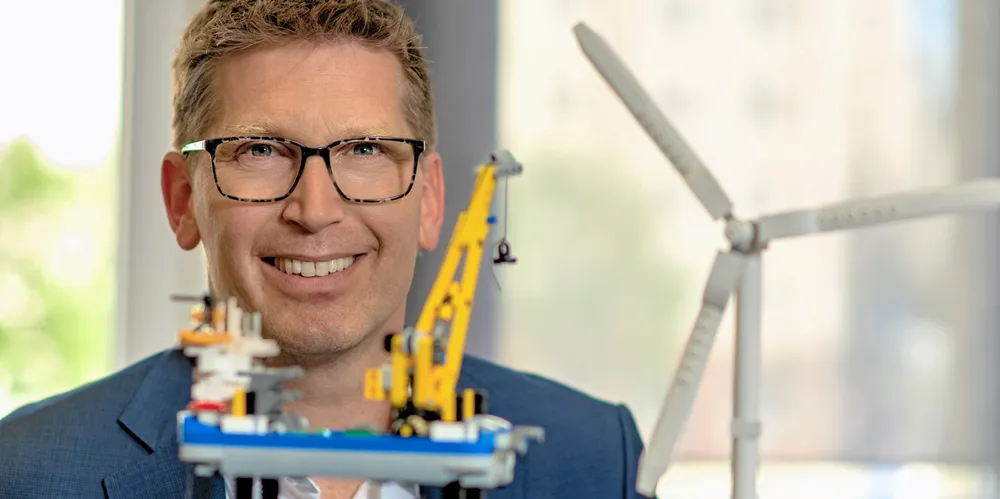Grid link delays could endanger German offshore wind targets
Supply chain bottlenecks likely to postpone commissioning of several gigawatts of grid connections at sea, maritime agency says

Germany’s ambitious offshore wind targets could be endangered as offshore wind grid links connecting several gigawatts of future North Sea wind capacity to the country’s power grid will be delayed by up to two years due to supply chain bottlenecks.
The expected delays are slated to affect 5.5GW of capacity to be tendered out this year (sites N-9.1, N-9.2 and N-11.2) and 500MW of capacity up for auction in 2026 (site N-13.1), according to a letter sent Friday by Germany’s maritime and hydrographic agency (BSH) to the country’s grids agency (BNetzA).
The offshore wind federation (BWO), a group representing offshore operators, is worried the delays could call into question Germany’s ambitious offshore wind expansion.
“The relevant authorities warned today [Friday] that there will be delays of up to two years for several offshore grid connection systems in the German North Sea. These warnings now need to be analysed,” BWO managing director Stefan Thimm said.
“If this situation were to be confirmed or even worsen, it would call into question the legally agreed expansion targets and send a signal of uncertainty to the value chain.”
The country plans to auction off nearly 9GW in additional capacity this year.
To reach the ambitious figures, the government must acknowledge known bottlenecks and use industrial policy to overcome them, the BWO suggested.
“It must be clear to everyone involved that there are limiting factors to the expansion of offshore wind energy that can set the pace. The key bottlenecks are known, for example in production capacities, ports, ships and, last but not least, skilled workers,” Thimm said.
“We can and must counter these limiting factors with industrial policy measures. This requires a comprehensive offshore wind energy strategy that, in addition to the energy industry issues, also takes into account the supply chain and ports as well as other important infrastructure.
“The offshore wind industry is happy to be involved in this.”
According to the BSH, the 2GW N-9.1 site instead of being commissioned in the third quarter of 2029, is now expected to be operational one year later, while the adjacent 2GW N-9.2 site instead of in the fourth quarter of 2029 is now seen operational two years later.
The other expected delays are less dramatic.
Both the 1.5GW N-11.2 site and the 500MW N-13.1 site instead of in the third quarter of 2031 now are up for commissioning in the fourth quarter of that year, the agency said.
(Copyright)